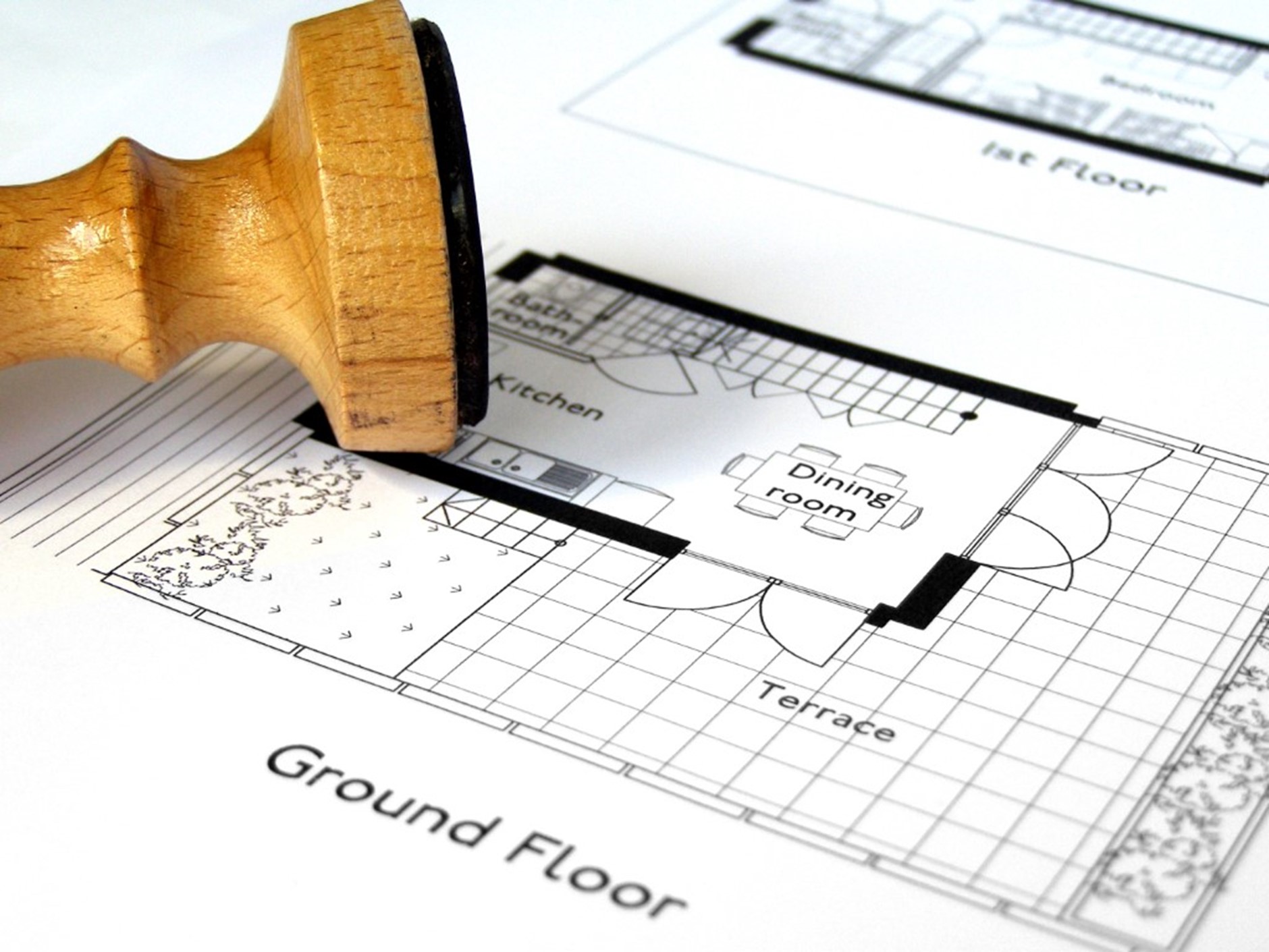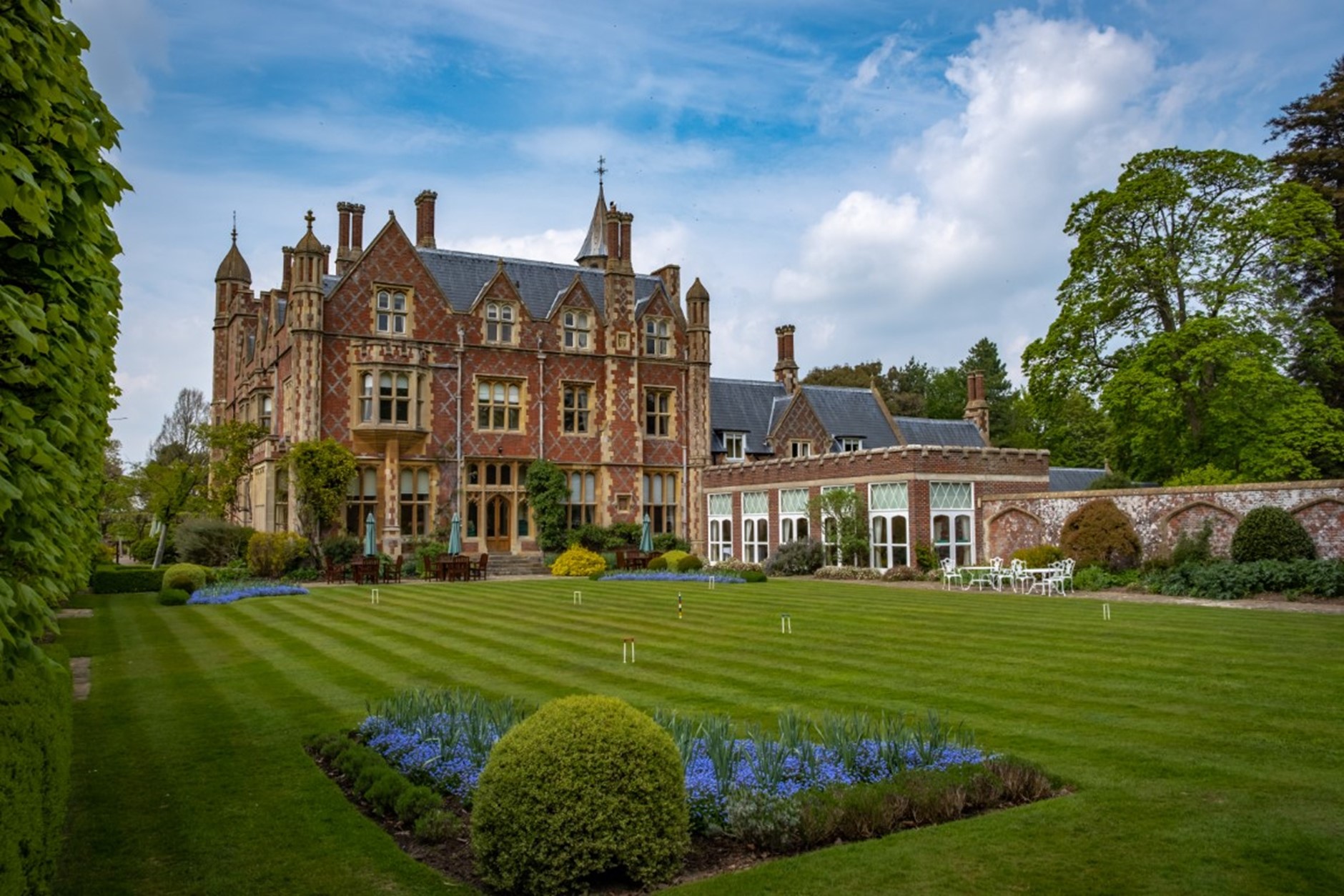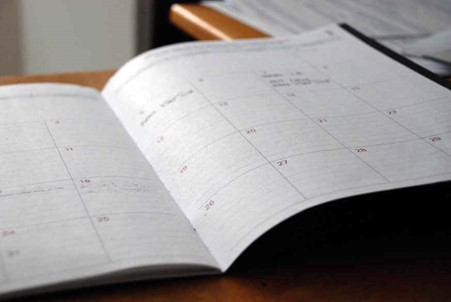
Key information
- The average cost of a planning application is £2,000
- Architects and planning consultants can give you a better chance of success
- Any revisions you make will lead to more costs
Understanding planning permission is a crucial part of any building project. But getting to grips with all the required documentation and how much it’s going to cost can be a finicky process.
In this guide we’ll explain everything you need to know to make a successful planning permission application and get your project off the ground.
Do I need planning permission?

Before you bury yourself in research, it’s worth checking if you actually need planning permission in the first place.
The planning portal is a useful tool here. They have extensive guides that fill in the gaps about planning permission for home improvements, as well as for commercial and residential developments.
Once you’re clear you need planning permission, you can turn your attention to assembling the paperwork you need to get your project across the line.
What do I need to apply?

All planning permission applications entail a certain amount of paperwork. A valid application will need a set of accompanying documents in order to be registered, as well as some application fees. You can find an exact list of what you'll need by contacting your relevant Local Planning Authority (LPA), but at a minimum, you'll need:
- The completed 1APP application form, which you can get from your LPA
- A location plan showing the current site and its surroundings, and a site or block plan that details your proposed development
- An ownership certificate for the property
- A design and access statement
If you’re going to be applying by posting paper forms rather than online, you’ll need to include at least three copies of each document, although some planning authorities may ask for more. Although they recommend you apply online, a paper application won't hinder you compared to if you made an online planning application. All the relevant forms are available to download and print from the Planning Portal website.
If you're planning to alter or enlarge your own house, you'll be making a 'Householder Application' - specifically for homeowners (as opposed to, say, developers) doing things like extending their houses or building conservatories.
Your LPA may also specify additional documents depending on your project and where you’re building. If so, these should be specified on the planning authority’s website.
Applying for planning permission if your house is listed

Listed buildings are those of special architectural or historic interest. They’re considered to be of importance to the nation, and so afforded more protection against change by the planning system. If you want to change or demolish a listed building, you’ll have to obtain Listed Building Consent (LBC) from your local planning authority; in some larger cases, such as those of historic buildings or some country homes or estates, this consent can also come from the Secretary of State. Be aware, making changes without such consent is a criminal offence.
Listed buildings come in three categories of ‘significance’:
- Grade I (buildings of the highest significance: just 2.5% of all listed buildings are Grade I, and include cathedrals, palaces, and stately homes)
- Grade II*
- Grade II (90% of all listed buildings are Grade II, including many homes).
As with normal planning permission, your first point of contact will be with your local authority (use the Planning Portal). For listed building consent, however, you may also need to consult with the authority’s Conservation Officer, who can advise you on all the consents and work required on older or listed buildings – they can be reached via your local authority. Historic England is a strong source of information if you’re thinking of making changes to an older building, and have a range of resources on their website.
How much does it all cost?

In addition to the documentation, your planning application will also have to include the correct planning fees. The exact amount you’ll need to pay differs depending on where you are in the UK and what permissions you’re applying for. The planning fee to build a new single dwelling is currently £462 in England and Wales, and slightly less in Scotland and Northern Ireland.
But keep in mind that the cost of producing all the required plans and surveys is often more than the planning fees. £2,000 is a realistic minimum to set aside for architect and planning consultant fees, although this can vary across a wide range depending on your project’s complexity. Remember also that any revisions or appeals you may have to make will incur more costs.
Do I need to hire an architect?
Not necessarily. If you know what you’re doing you can produce your own plans using CAD software, meaning you can avoid paying for an architect.
However, it’s important to remember there’s a reason architects and planning consultants charge what they do. Their expert eye can head off problem areas in your proposal that might otherwise lead to its rejection, or costly issues later in the build.
How long will the application process take?

You should receive a decision from your LPA within 8 weeks of submission. Approval for more complex proposals can take longer, although you can file an appeal if you don’t have a decision after 13 weeks.
The LPA will grant planning permission based on your project’s development plan, its infrastructure needs, and how it will impact the surrounding area and environment. They'll also consult members of the public likely to be affected, although objections from neighbours won’t necessarily result in your application being rejected.
Can I change my application once it's been submitted?
If there are changes you'd like to make to your original application once it's been submitted, you can access your application in the Planning Portal and change it there - this guidance note should help. The Local Planning Authority will receive a notification and begin their validation process; if your proposed changes are non-material amendments (minor and not a significant change to your permission), they will be more likely to be approved.
Planning permission glossary
Getting to grips with planning can sometimes feel like learning a new language. Below are some of the essential terms and phrases to help you decipher any planning documentation that comes your way.
- Planning consent: another word for planning permission. Put simply, whether you can or can't do a certain piece of work on your building.
- Application type: there are four main types of planning application - full planning application; householder application; outline application; and reserved matters application.
- Decision notice: if permission is granted, the decision notice sets out any conditions that must be observed during any building work, as well as reasons, on your building or piece of land. The time limit on a notice is usually about 3 years from the date of the decision.
- Detailed plans: in planning terms, these are all the architectural and engineering documents up to the preliminary design stage. They should give anyone considering your application a full picture of what work you're planning to do.
- Building regulations: these rules cover the structural elements of development. Like planning permission, building regulations approval also comes from Local Authorities. Building regulations approval can also now come from private sector Approved Inspectors who can check and approve your plans in the same way a Local Authority inspector would, for a fee.
If you’re looking for land for your dream self-build project, find it with Deakin-White.
Credit: Addland





